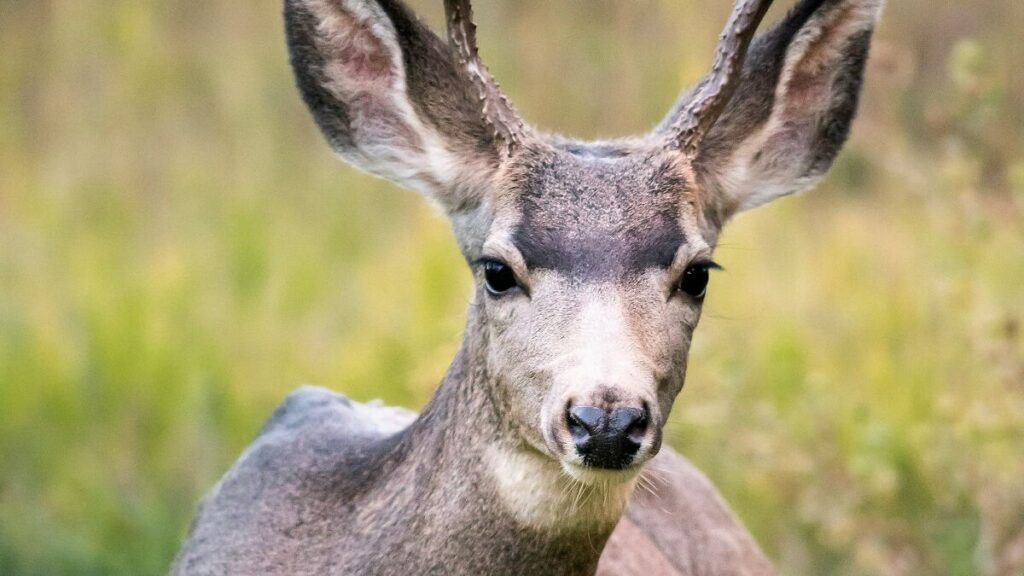HOLMES COUNTY, FL — Florida wildlife officials have confirmed the state’s second case of Chronic Wasting Disease (CWD), a fatal neurological disorder that affects deer. The latest case was detected in Holmes County, near the Florida-Georgia border, an area close to where Florida first identified the disease in 2023. The earlier case involved a white-tailed deer killed in a vehicle accident, which triggered Florida’s “disease response plan” aimed at containing and monitoring CWD.
The Florida Fish and Wildlife Conservation Commission (FWC) emphasized that the second case, found in a 1.5-year-old female deer, reinforces the need for vigilance but does not prompt any changes to the state’s Management or Enhanced Surveillance Zones. “The FWC and its agency partners take CWD very seriously and are continuing with their comprehensive response plan with the goal of containing the disease within the area it was detected,” the agency stated on its website.
Since the first detection, Florida has tested over 2,400 deer for the illness, confirming two positive cases so far, with 90 evaluations still pending. The agency continues to monitor deer populations closely to prevent further spread.
CWD is caused by misfolded proteins called prions, which attack the brain and nervous system of infected animals, ultimately leading to death. It is highly contagious among members of the Cervidae family, including deer, elk, and moose, often spreading through environmental contamination such as soil, plants, or bodily fluids. While there is no confirmed evidence that CWD infects humans, experts strongly caution against consuming meat from infected animals due to the theoretical risk of prion diseases, including conditions similar to bovine spongiform encephalopathy, commonly known as mad cow disease.
The disease is particularly insidious because infected deer often show no outward symptoms until the late stages. Once noticeable, symptoms include severe weight loss, poor coordination, excessive drooling, and a vacant stare. These behaviors, combined with the animals’ declining neurological function, have led social media users to nickname them “zombie deer.” However, the term has sometimes been confused with deer and other wildlife exhibiting cutaneous fibromas—wart-like growths on the skin that are largely harmless and do not affect the animals’ survival unless they interfere with feeding or predator avoidance.
Public concern over the spread of CWD has grown nationwide. The disease first gained attention in Georgia in early 2025, prompting Florida to heighten surveillance in bordering areas. According to the University of Minnesota, which tracks CWD across the U.S., Florida is now the 36th state to report confirmed cases. The academic institution describes CWD as a “fatal neurodegenerative disease” caused by infectious prions, with environmental transmission playing a key role in its spread.
At the federal level, CWD has also received significant attention. In December 2022, Congress passed the Chronic Wasting Disease Research and Management Act, allocating $35 million annually to study the disease, improve detection in live animals, prevent outbreaks, and understand how it spreads. This funding underscores the seriousness with which CWD is treated nationwide, as wildlife agencies work to contain the disease and protect both animal and public health.
Florida’s FWC continues to encourage hunters and residents to report any deer exhibiting unusual symptoms or behavior. The agency’s ongoing testing and monitoring efforts aim to keep the disease contained while minimizing its impact on wildlife populations. Public awareness and adherence to safety guidelines, including avoiding consumption of potentially infected meat, remain crucial to mitigating the risk of CWD spreading further.
While Florida grapples with this second confirmed case, experts emphasize that continued vigilance, combined with federal support and local response plans, provides the best chance to control the disease. The FWC remains committed to its mission of safeguarding the state’s deer populations while ensuring public safety.

